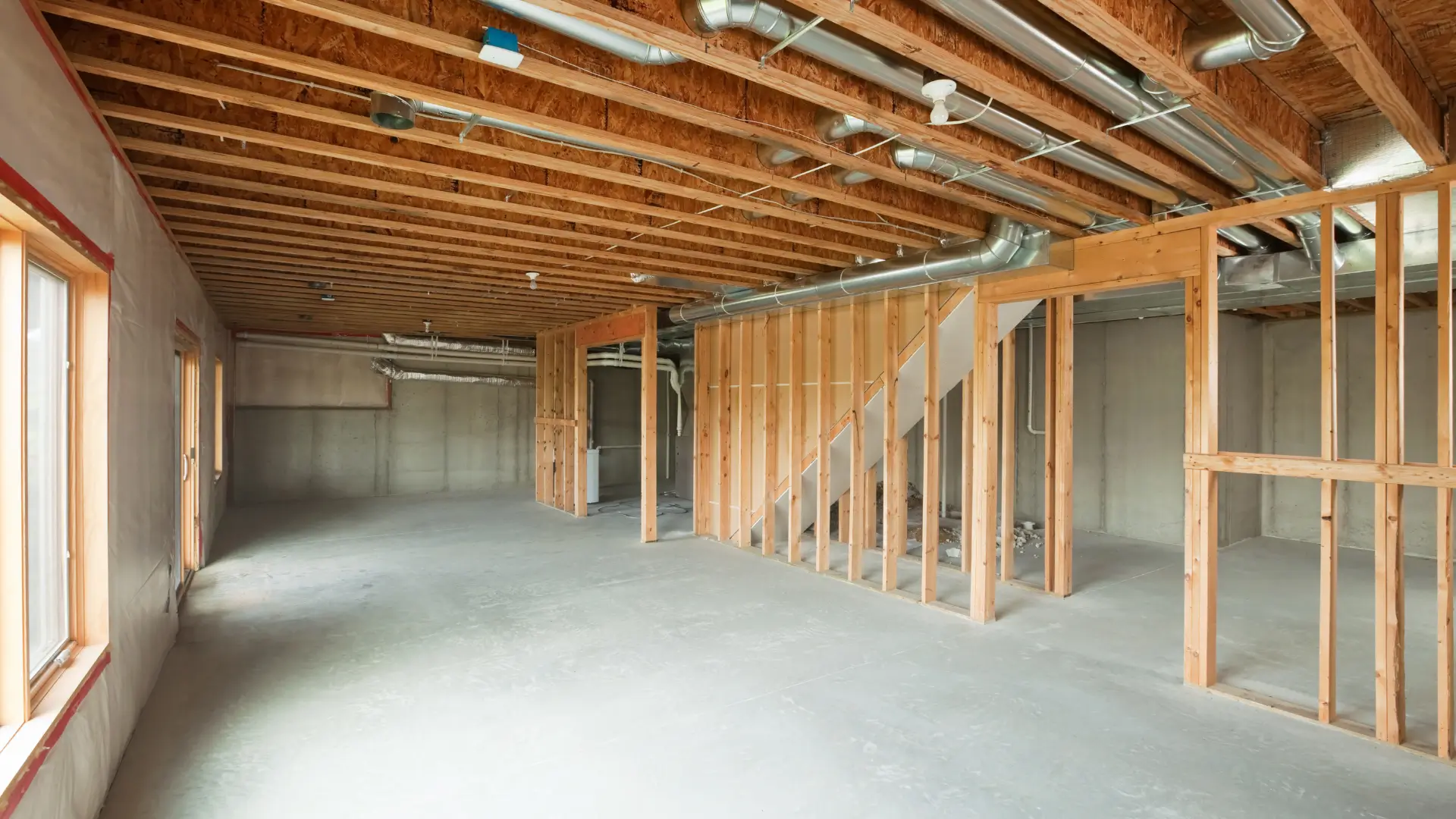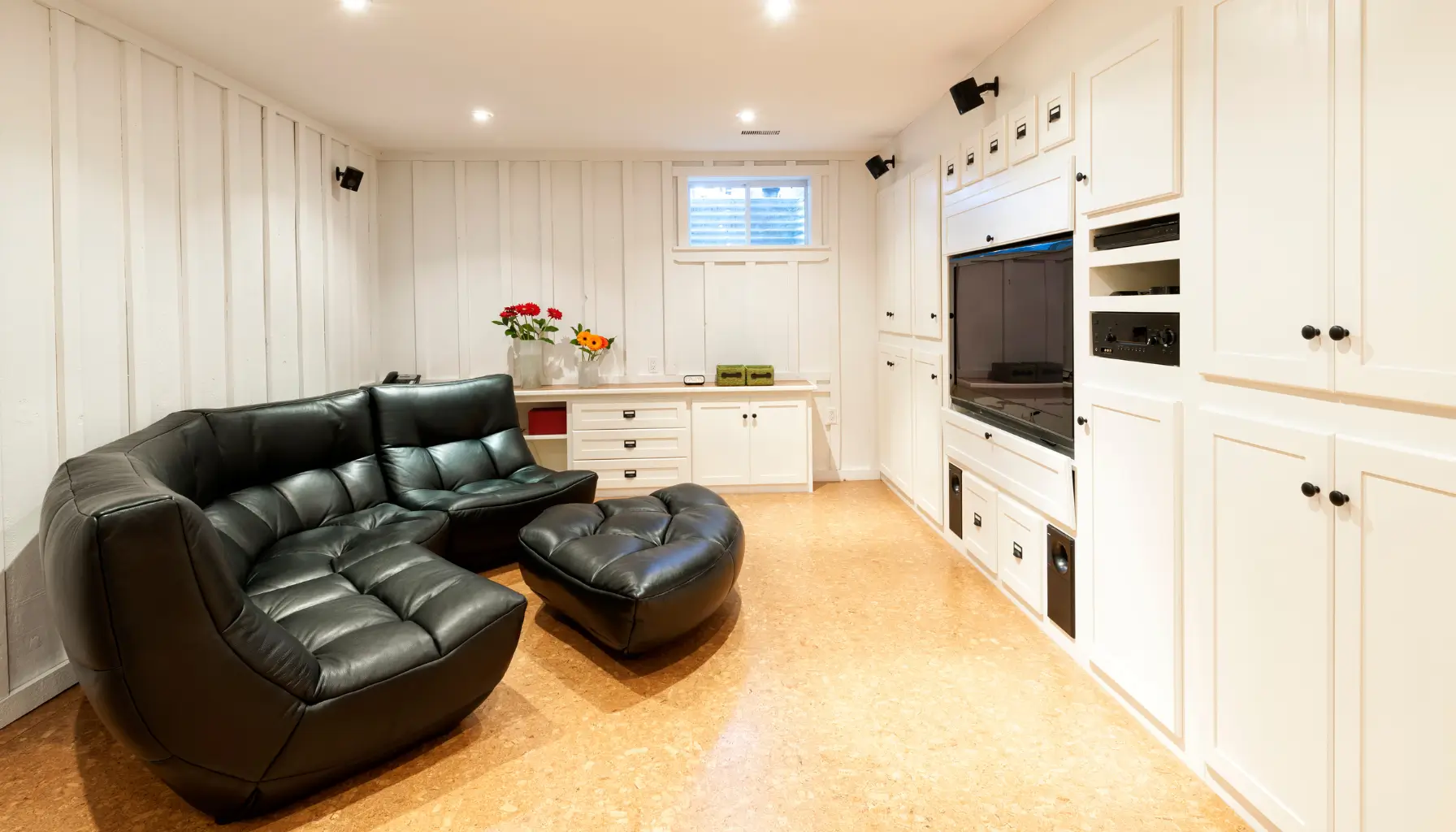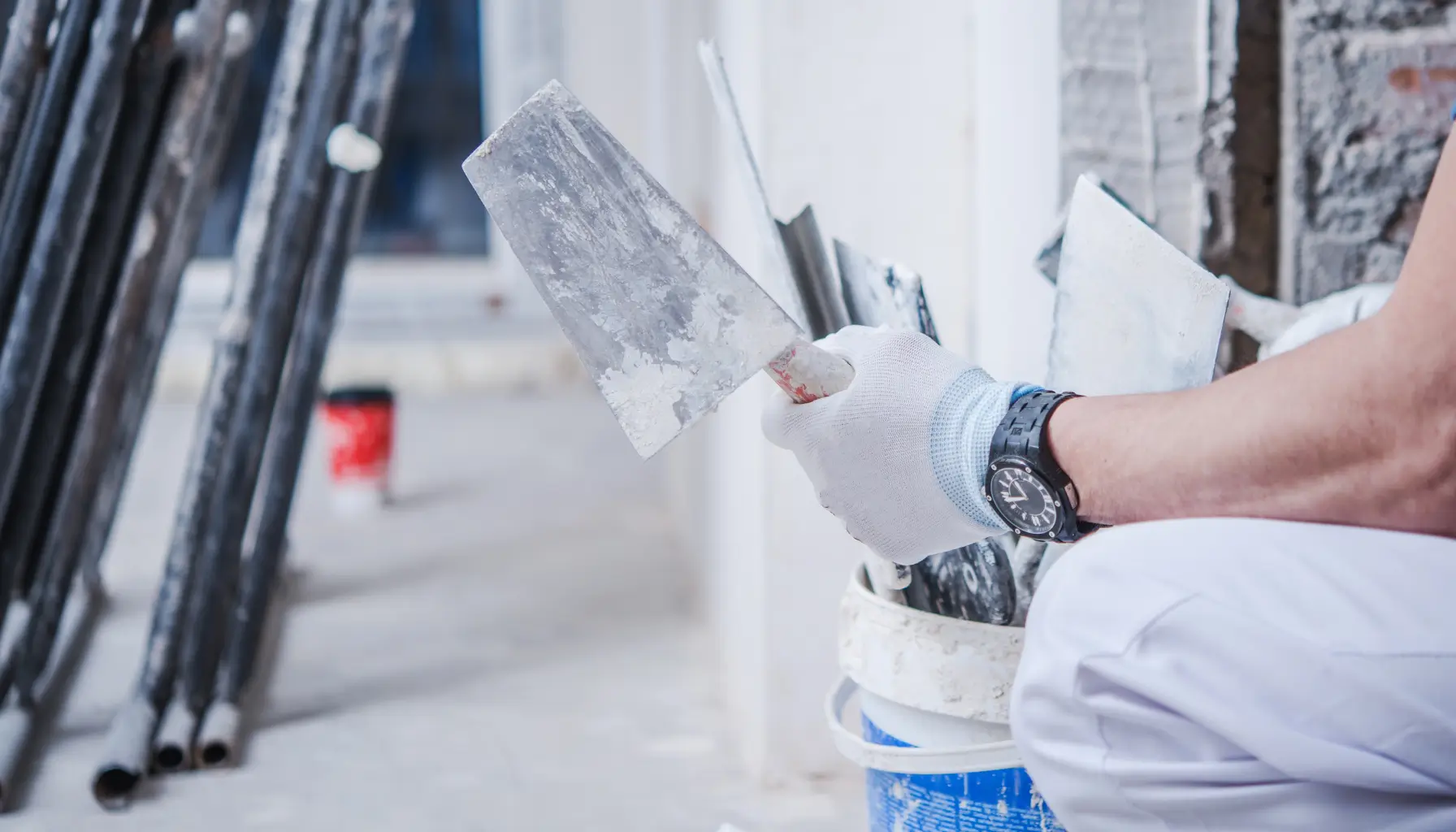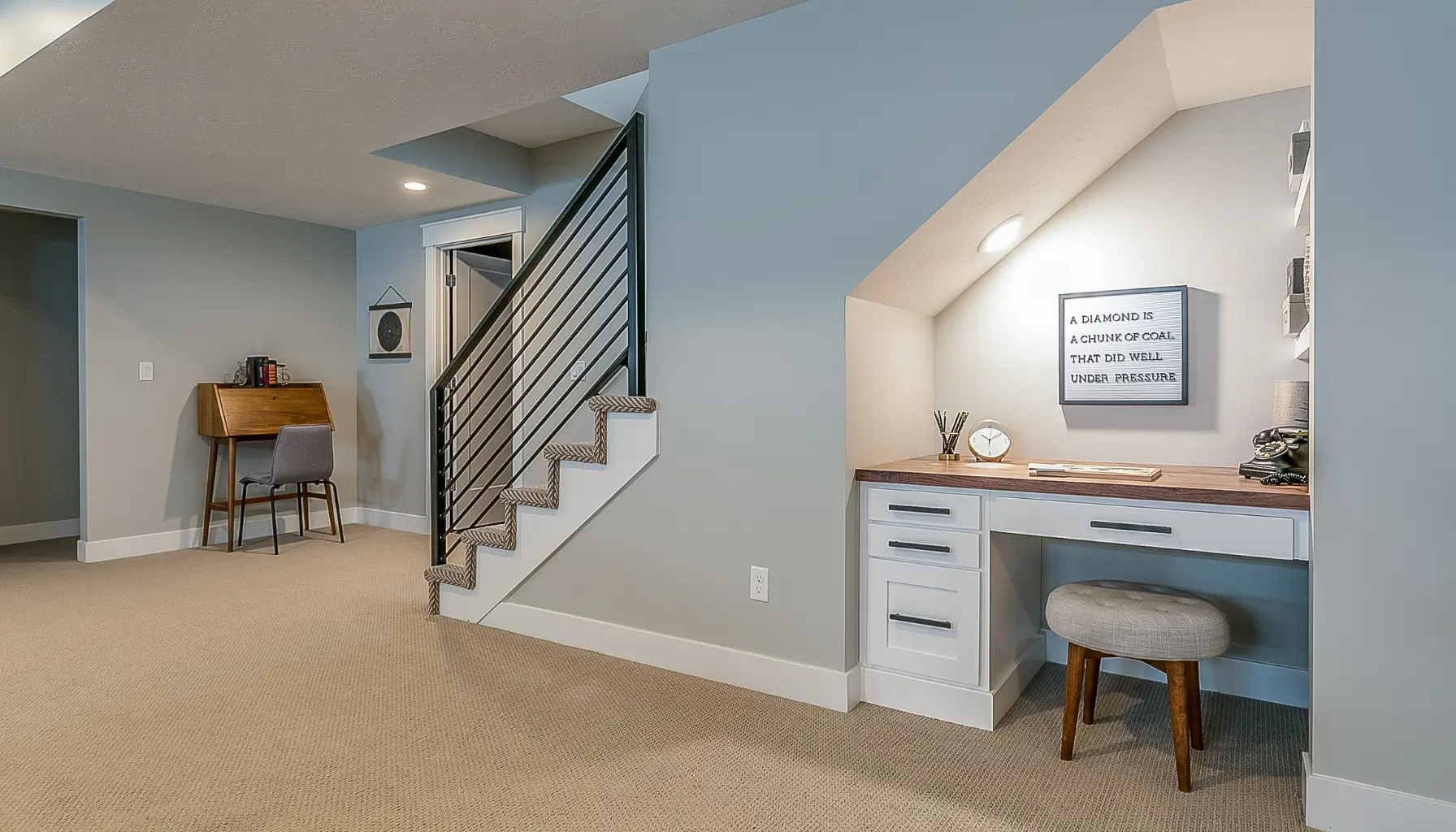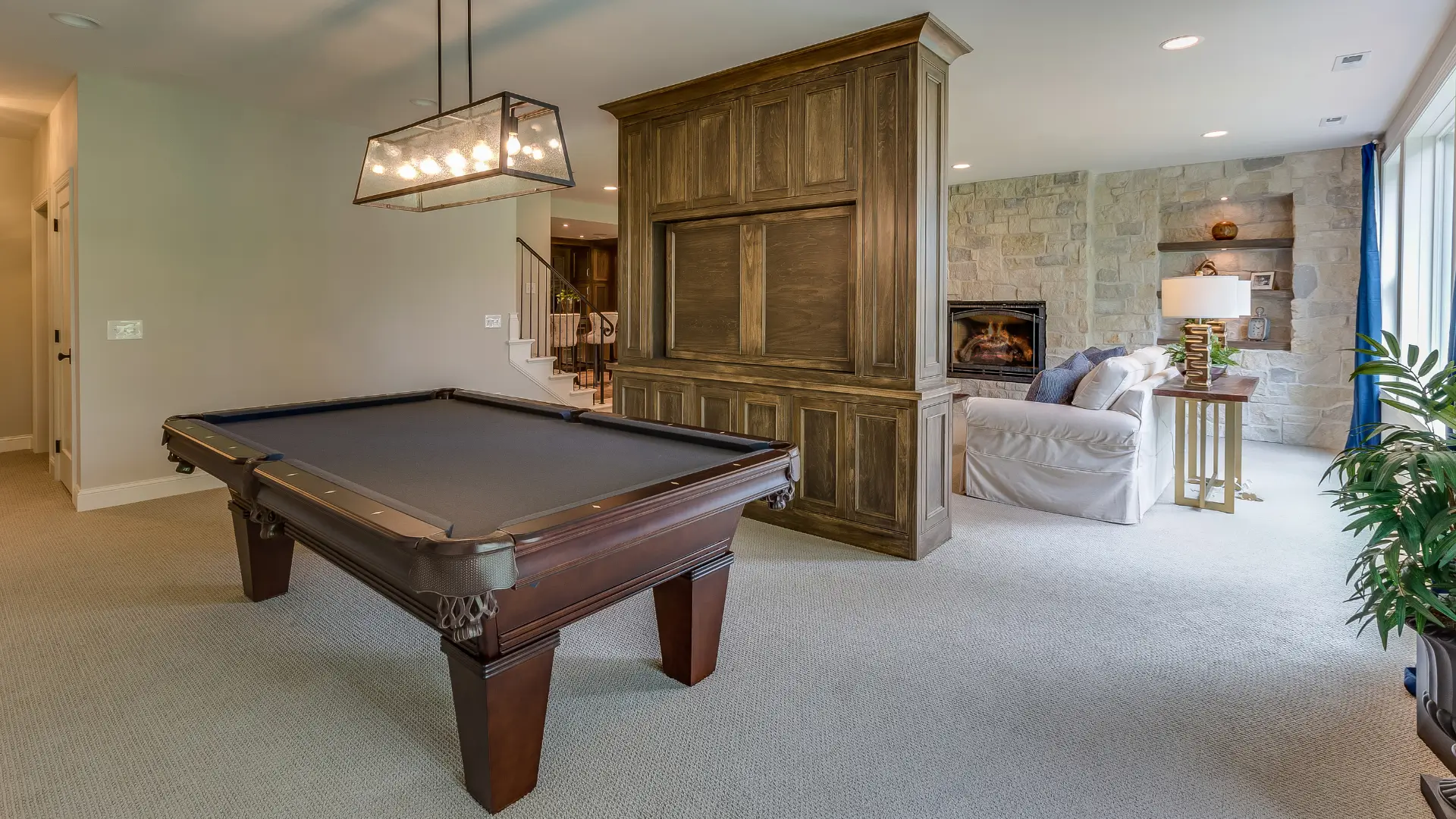The use of basements has evolved significantly over the past five decades. From utilitarian storage spaces to versatile living areas, basements have become an integral part of modern homes. Here’s a look at how basement trends have changed over the years, highlighting the various ways people have utilized this often-overlooked space.
1960s: Basic Storage and Laundry Rooms
In the 1960s, basements were primarily used for storage and utility purposes. Homeowners often relegated their basements to store seasonal items, old furniture, and other seldom-used belongings. Basements also commonly housed laundry facilities, water heaters, and other utility equipment.
Key Features:
- Concrete floors and unfinished walls
- Basic shelving units for storage
- Laundry machines and utility sinks
1970s: Recreation Rooms and Bars
The 1970s saw a shift towards using basements for recreational purposes. Many homeowners transformed their basements into “rec rooms” or entertainment spaces. Pool tables, dart boards, and bars became popular additions, creating a social hub within the home.
Key Features:
- Wood paneling on walls
- Carpeted floors
- Built-in bars and seating areas
1980s: Multi-Purpose Family Rooms
By the 1980s, the trend of multi-purpose family rooms gained popularity. Basements became extensions of the main living area, providing additional space for family activities. These spaces were often used for watching TV, playing games, and hosting gatherings.
Key Features:
- Comfortable seating (sofas, recliners)
- Large entertainment centers with TVs and VCRs
- Board games and toys for children
1990s: Home Offices and Guest Suites
In the 1990s, the rise of telecommuting led to the creation of home offices in basements. Additionally, basements were increasingly used to create guest suites, offering a private space for visitors. This era also saw the introduction of more sophisticated design elements, such as drywall and improved lighting.
Key Features:
- Dedicated office spaces with desks and computers
- Guest bedrooms with en-suite bathrooms
- Improved insulation and finished walls
2000s: Home Theaters and Fitness Rooms
The early 2000s marked a significant shift towards luxury and specialized uses for basements. Home theaters and fitness rooms became popular, reflecting homeowners’ desire for high-end amenities. These spaces often featured advanced technology and custom designs.
Key Features:
- Home theater systems with surround sound
- Large screens or projectors
- Fitness equipment (treadmills, weight benches)
2010s: Multi-Functional Living Spaces
The 2010s continued the trend of multi-functional living spaces, with basements being used for a variety of purposes. This decade saw the rise of basement apartments, complete with kitchens and separate entrances, catering to the needs of multi-generational families or rental income.
Key Features:
- Open-concept designs
- Full kitchens and bathrooms
- Separate entrances for privacy
2020s: Smart Homes and Wellness Retreats
Today, basements are becoming smarter and more wellness-focused. Homeowners are incorporating smart home technology, such as automated lighting and climate control, to create a comfortable and efficient environment. Additionally, wellness retreats featuring yoga studios, saunas, and meditation areas are becoming popular.
Key Features:
- Smart home integration (lighting, security, climate control)
- Wellness areas (yoga studios, saunas)
- Eco-friendly materials and energy-efficient designs
Analysis: The Evolution of Basement Usage
Over the past 50 years, basements have evolved from simple storage areas to multifunctional living spaces that cater to a variety of needs and preferences. This evolution reflects broader societal changes, including the rise of telecommuting, increased focus on health and wellness, and the desire for more versatile and luxurious home environments.
Key Trends:
- Increased Functionality: Basements have transitioned from single-use spaces to multifunctional areas that serve as family rooms, guest suites, home offices, and more.
- Technological Advancements: The incorporation of advanced technology, such as home theaters and smart home systems, has transformed basements into high-tech hubs.
- Focus on Wellness: Modern basements often include wellness features like fitness rooms and meditation areas, reflecting a growing emphasis on health and well-being.
- Customization and Luxury: Homeowners are investing in custom designs and luxury amenities, turning basements into highly personalized and comfortable spaces.
The future of basement design will likely continue to evolve, with emerging trends focusing on sustainability, advanced technology, and even more creative uses for this versatile space. Whether it’s a home gym, a rental apartment, or a high-tech entertainment center, the basement has truly become an integral part of modern home design.


